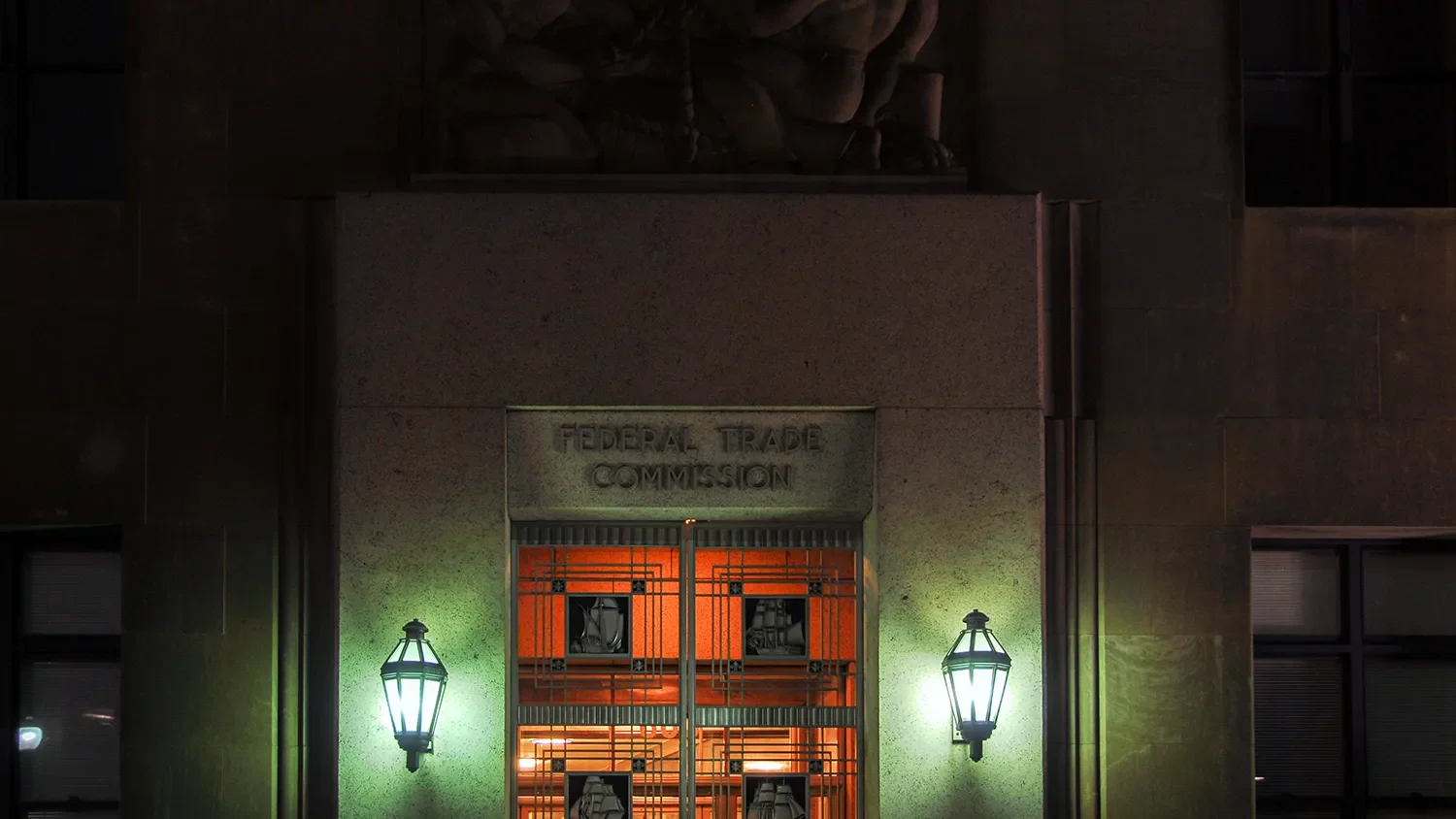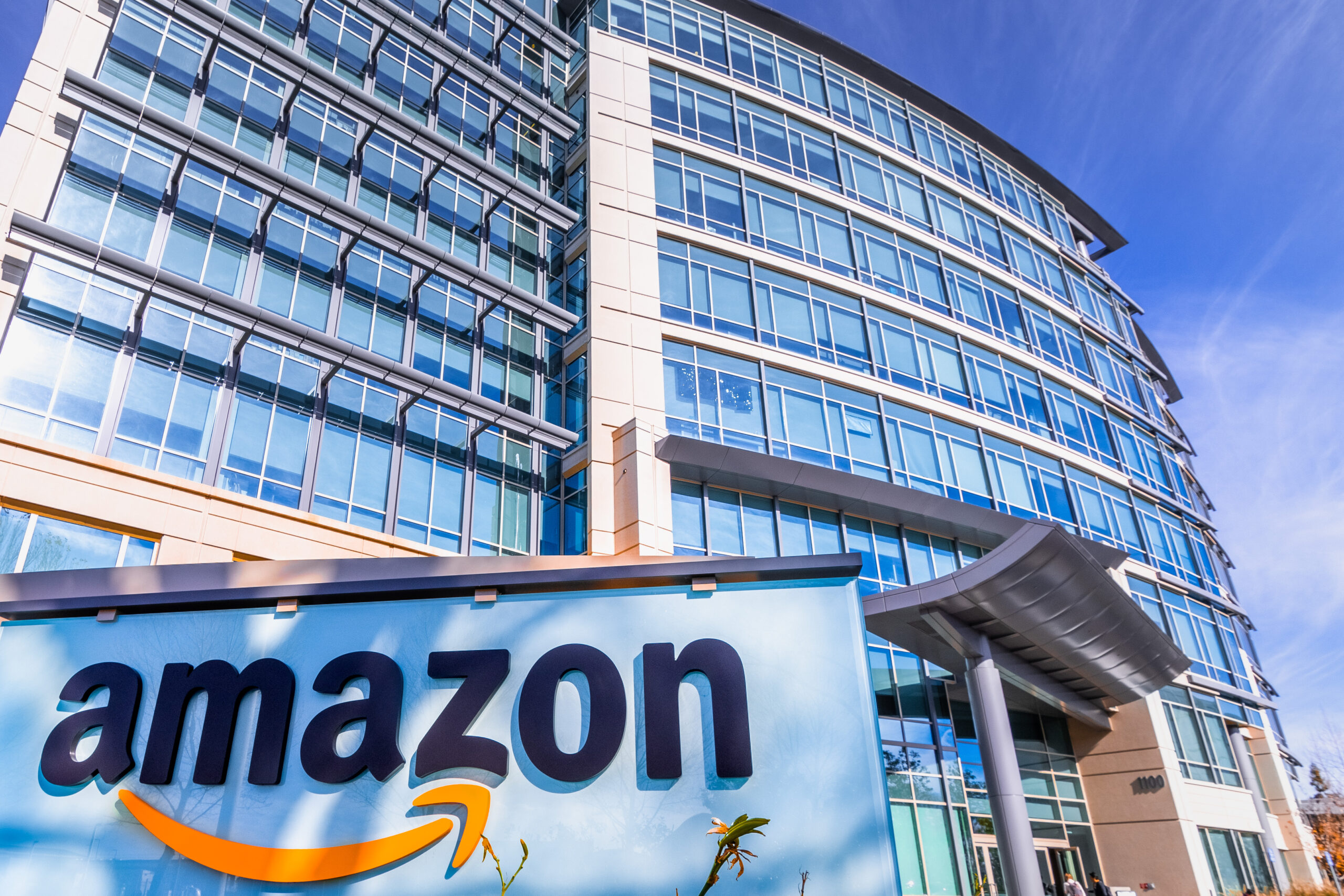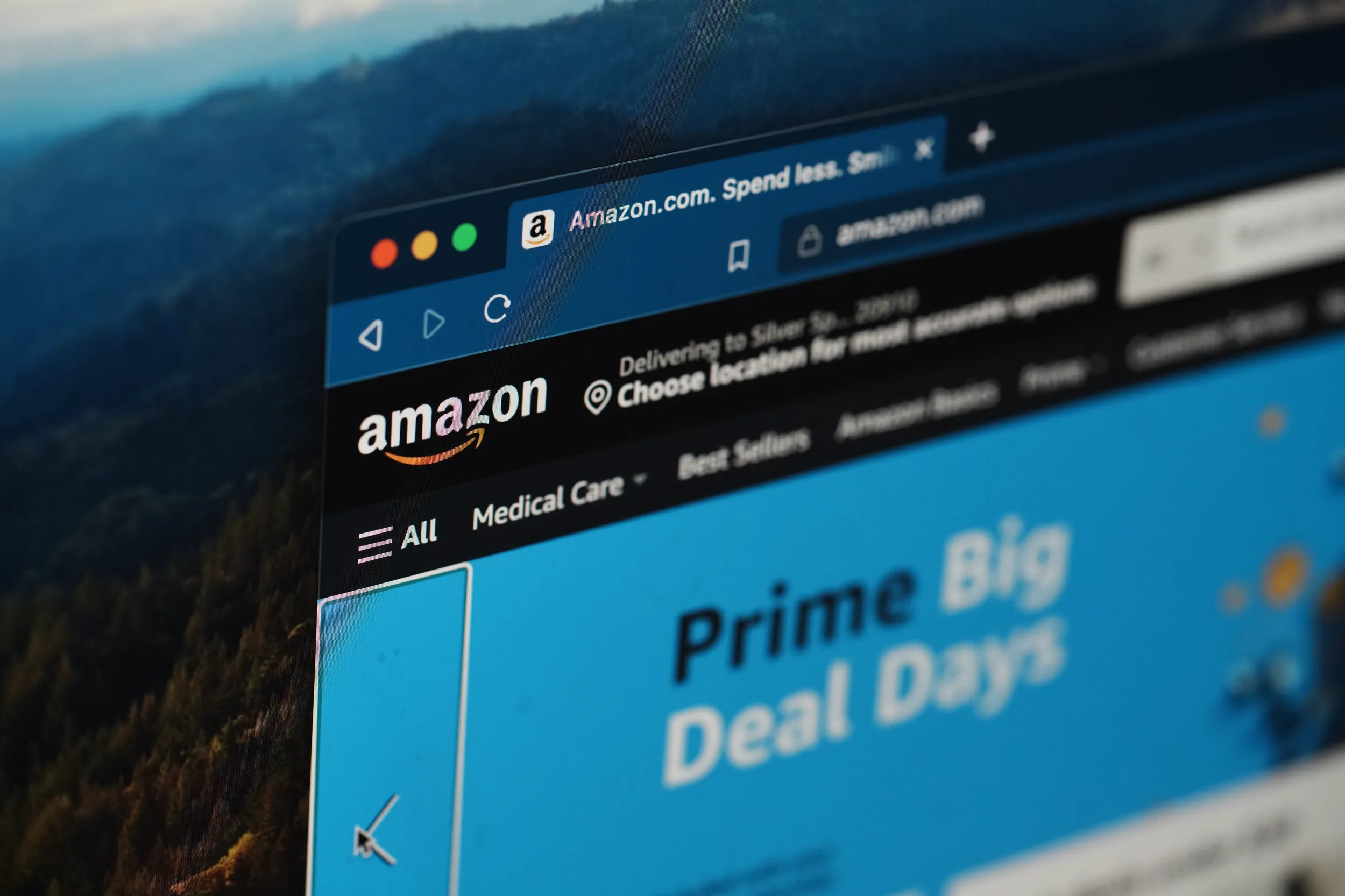Amazon’s Motion to Dismiss Shows the Factual and Legal Weaknesses of the FTC’s Case

The FTC’s antitrust case against Amazon and its Prime Service includes numerous legal and factual misconceptions that present severe risks to businesses if the case is successful. Amazon presented a Motion to Dismiss last Friday, which highlights the weaknesses of the FTC’s case and underscores how the business practices discussed in the complaint are far from anticompetitive. This post discusses the key concerns regarding the FTC’s flawed complaint and the risks they bring to the digital ecosystem and the economy by misrepresenting common retail practices.
DisCo has previously outlined the risks of certain legislative antitrust proposals, such as AICOA, that have a distinct antagonistic attitude towards particular companies’ business practices. In the FTC’s Amazon case, the practices in which the agency sees risks to competition are common, often procompetitive or at least competitively benign business practices in the retail market that benefit consumers.
The FTC presented a misconstrued market definition assuming that Amazon competes exclusively with other online marketplaces or superstores. However, research shows that customers look at both online and brick-and-mortar options for their retail shopping, which undermines the agency’s implausible ‘online superstore’ and ‘online marketplace services’ market definitions. In fact, online and in-person retail prices directly relate to each other – demonstrating how these divisions no longer exist for consumers and how the retail market operates in the economy. Customers shop across many retailers every day, in every format, and 85 percent of retail purchases still occur in physical stores.
The FTC’s proposed market definitions are misleading and more complicated than what the agency purports them to be. While Amazon holds approximately 38 percent of the retail e-commerce market (as of June 2022), in terms of the total retail market share Amazon (10 percent) actually sits behind Walmart (12 percent).
The agency’s further allegations that Amazon’s self-preferencing practices are anticompetitive suggest additional misconceptions on how the retail market works, both online and offline. Supermarkets, shopping malls, and other similar businesses sell their products side-by-side with other competing products within their marketplace. It is a common business practice across multiple industries that promotes competition, instead of preventing it as the FTC claims. It is, and has been, a common procompetitive business practice for a marketplace to sell its own products to compete with those from third-parties, and to prioritize their own products for consumers.
Further, a new study from CCIA’s research center shows that 54 percent of consumers that have a paid membership to one of the big box superstores have at least one more paid subscription to another superstore; 81 percent of all consumers have at least two paid retail memberships; 84 percent of Amazon Prime members have at least one paid big box store membership as well; and 10 percent of consumers have seven or more paid retail memberships. This shows that, regardless of the FTC’s reasoning, this is a highly competitive market where consumers always have a choice as to where to get the products and services they need. Moreover, these bundled retail memberships provide enormous consumer surplus: for example, a recent conjoint survey found that just Costco, BJ’s, Sam’s Club, and Walmart+ collectively provide $1.6 billion or more in consumer surplus each year.
Another point of important factual inconsistency by the FTC is the Prime shipping guarantee, one of the cornerstones of Amazon’s services. The FTC claims that sellers reliably met their own delivery standards 95 percent of the time and questions Amazon’s decision to shut down the program given that metric. This is factually incorrect and misleading, as, while sellers may have met their own delivery standards, 84 percent of participating sellers failed to meet promised two-day shipping expected by Prime consumers. Given these expectations, Amazon had to rework the program to balance consumers’ expectations while still providing sellers the tools of the SFP program to help grow their businesses.
Amazon relaunched the SFP program in 2023 with new measures in place to boost customer satisfaction with seller-fulfilled offers. Unlike how it is characterized by the FTC, SFP benefits both sellers and customers, and no seller needs to participate or pay for services they do not want if it does not make sense for their individual business. Under the new SFP, more sellers of all sizes can benefit from the program.
It is worth noting that the FTC is not specific about proposed remedies, which reflects the lack of clarity about the harm to competition alleged in the complaint. The agency does not provide an alternative behavior for the company to adopt or one that would make consumers and competition better than they are right now. Hence, the door is open to interpretations and it all points to the FTC’s case seeking to break up Amazon and its Prime service.
This would turn out to be a huge blow to consumers who have rated Amazon as one of the most favored institutions in America. In Boston Consulting Group’s Most Innovative Companies 2023 report, Amazon was ranked third overall. The FTC’s case, if successful, could set a precedent for monopolization lawsuits with no demonstrable harm to competition in the future. This, of course, could bring dire consequences not only to the company in question, but to consumers, businesses, and the economy.
A final point that is particularly worrisome in the FTC’s complaint is the lack of significant evidence to prove the agency’s points. After conducting its investigation, the FTC makes a number of claims and allegations against Amazon and its services, noting how they hurt consumers, sellers, and the overall competitive landscape. However, the agency does not provide any evidence to corroborate or support its allegations of consumer or competitive harm.
As things stand, not only does the complaint show a lack of understanding of how the retail market works both online and offline, but it also shows how, at the moment, the agency’s case lacks a legal leg to stand on. If, after all the time poured into this case, and conducting their due diligence, the FTC cannot find evidence of consumer and competitive harm, that is evidence in itself that Amazon’s conducts are competitively benign.
Antitrust laws should seek to promote competition in the market and benefit consumers. However, this lawsuit against Amazon seems to benefit certain competitors over competition itself — conduct DisCo has previously referred to as ‘swampetition,’ while harming consumers as a ‘collateral effect.’ The case against Amazon would lead to fewer products to choose from, higher prices for consumers, and reduced options in the marketplace.







